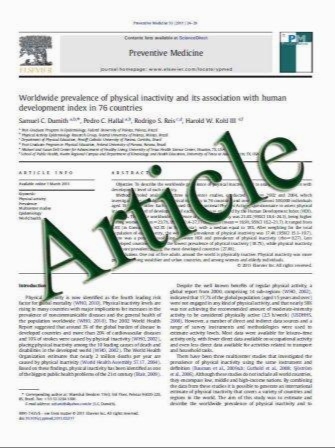Paracrine-mediated osteoclastogenesis by the osteosarcoma MG63 cell line: is RANKL/RANK signalling really important?
- نوع فایل : کتاب
- زبان : انگلیسی
- مؤلف : J. Costa-Rodrigues C. A. Teixeira M. H. Fernandes
- چاپ و سال / کشور: 2011
Description
Although in the past little attention has been paid to the influence of osteosarcoma cells in osteoclast function, recent studies suggest a close relationship between osteosarcoma aggressiveness and osteoclastic activity. The present study addresses the paracrine effects of MG63 cells, a human osteosarcoma-derived cell line, on the differentiation of peripheral blood osteoclast precursor cells (PBMC). PBMC were cultured for 21 days in the presence of conditioned media from MG63 cell cultures (CM) collected at 48 h (CM_MG1), 7 days (CM_MG2) and 14 days (CM_MG3).MG63 cell cultures displayed the expression of ALP and BMP-2 and, also, the osteoclastogenic genes M-CSF and RANKL, although with a low expression of RANKL. PBMC cultures supplemented with CM presented an evident osteoclastogenic behavior, which was dependent on the culture period of the MG63 cells. The inductive effect appeared to be more relevant for the differentiation and activation genes, c-myc and c-src, and lower for genes associated with osteoclast function. In addition, PBMC cultures displayed increased functional parameters, including calcium phosphate resorbing activity. Assessment of the PBMC cultures in the presence of U0126, PDTC, and indomethacin suggested that in addition to MEK and NFkB pathways, other signaling mechanisms, probably not involving RANKL/RANK interaction, might be activated in the presence of conditioned medium from MG63. In conclusion, MG63 cell line appears to induce a significant paracrine-mediated osteoclastogenic response. Understanding the mechanisms underlying the interaction of osteosarcoma cells and osteoclasts may contribute to the development of new potential approaches in the treatment of such bone metabolic diseases.
Clin Exp Metastasis (2011) 28:505–514 DOI 10.1007/s10585-011-9387-7 Received: 26 October 2010 / Accepted: 28 March 2011 / Published online: 9 April 2011


